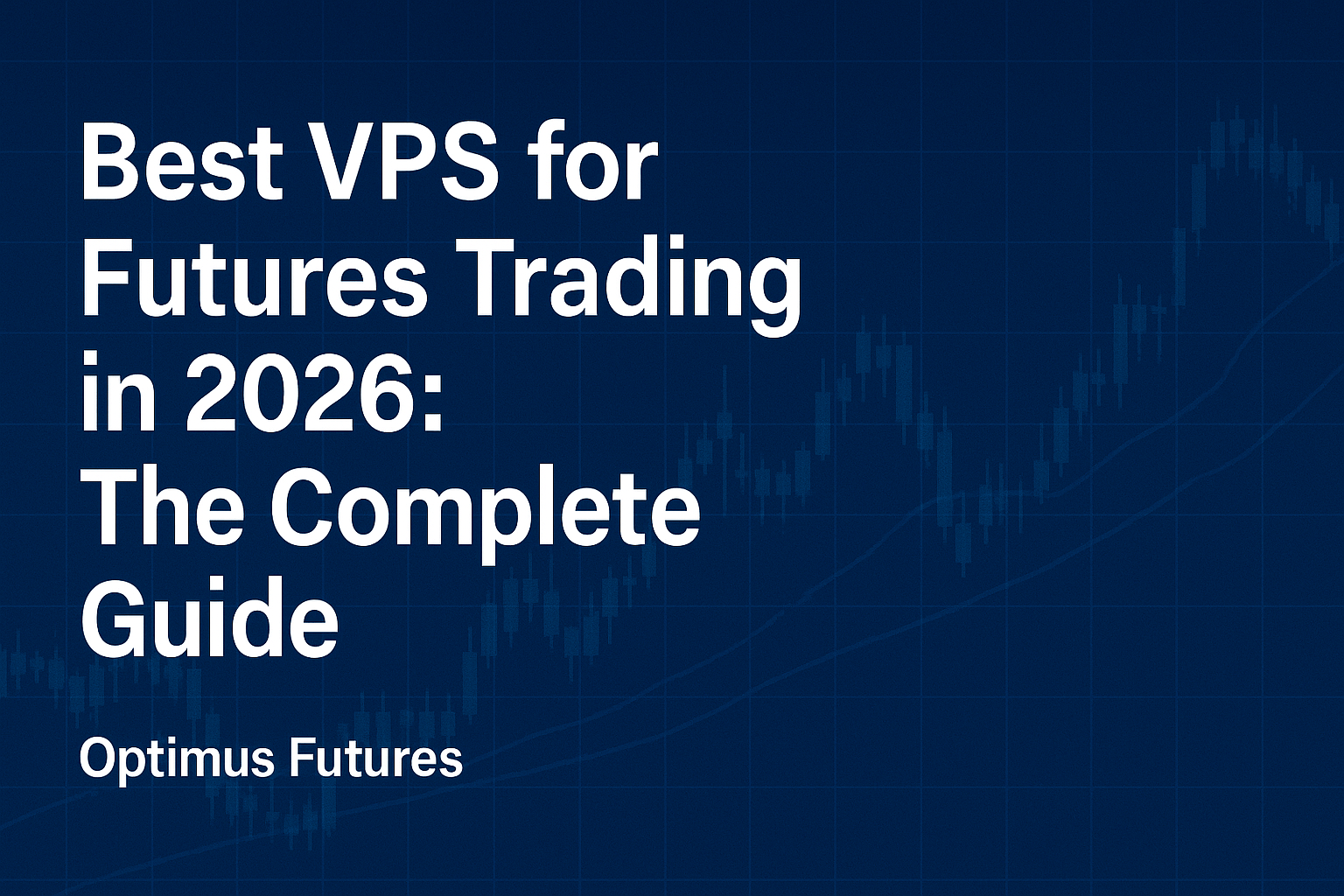Fundamentals and Trading
If you are not a fundamental trader, do you still need to pay attention to news and macroeconomic events? Whereas most sites will give you a clear “No”, being aware of fundamentals can make a big difference in your trading. There are 2 main concepts that can help you reveal market strengths and weaknesses which technical traders are not able to see.
1 – The element of surprise, new information and which numbers really do move the market
Do you remember the time when, after waiting patiently for the fundamental numbers to be released, the news figures came in exactly as expected and, although they were highly bullish, nothing happened?!
At this moment, most traders will conclude that news trading “doesn’t work” and that trading based on fundamentals is just a gamble if you don’t possess insider information. But is this really true? No!
All news items will come with estimates about what the numbers are going to be. These “expected” figures are believed to be the real numbers and all traders and investors have concluded that the expected numbers are as good as the actual numbers, which are still yet to be released.
Knowing this, it shouldn’t come to you as a surprise anymore, that news releases which are in line with the estimates and expected values cannot move the market anymore because they have been “priced in” in advance.
Now we come to the “element of surprise” which is one of the few times where you will actually see big price movement after a news release. Only if the released numbers are significantly different from the expected numbers, markets will react because these numbers are “new information” which haven’t been priced in yet. Thus, instead of trading based on the actual numbers you see in the news releases, evaluate if what you see has been expected or if it completely goes against the expectations.
2 – News as a market strength indicator
Now that we know that we should pay attention to unexpected news numbers, we can go one step further. How often have you watched a news release and then the market did something completely opposite to what you had expected it would do? Selling off sharply after a bullish news item, hovering still after a very positive number, or rallying after a very bad piece of news, is what leaves amateur traders clueless.
News releases can be used as a market strength and sentiment indicator. Instead of looking at fundamental data as black and white, try to understand what the price reaction to the news tell you. Here are two general thoughts that can help you combine market sentiment and the reaction to news:
• A market that keeps rallying after negative numbers displays even more strengths than represented in price action alone
• A market that falls after positive numbers is usually even weaker
These two points illustrate how the reactions to fundamental data can reveal the underlying price dynamics and provide information about the real strength (or weakness) of a market which is not visible by looking at price action alone.
Conclusion: You never trade the actual news
Keeping in mind that you never trade the actual news number itself, but how traders and investors perceive the numbers and how it fits in into the market context, is the most important concept in fundamental trading. Detach yourself from the common belief that good numbers are bullish and negative numbers are bearish and you will be able to understand markets, mass psychology and fundamentals better than most other traders.
Glossary – “Priced in”:
The term “priced in” refers to the fact that information, even if only expectations or estimates, which are publicly available, are already reflected in the price. Traders and investors who are engaging in the financial market are in the business of making (sophisticated) predictions and assumptions about what is likely to happen in the future. Thus, price estimates and expectations play an important role which will always be used in the decision making process of financial players. News releases that are in line with expectations and estimates do not offer new information and financial players do not have to change their evaluations and, hence, the price reaction to news that come in as expected are usually insignificant.
If you are a news trader or a technical trader and speed and execution are important to you, check out the Rithmic Low Latency Trading Solution.
There is a substantial risk of loss in futures trading. Past performance is not indicative of future results.



